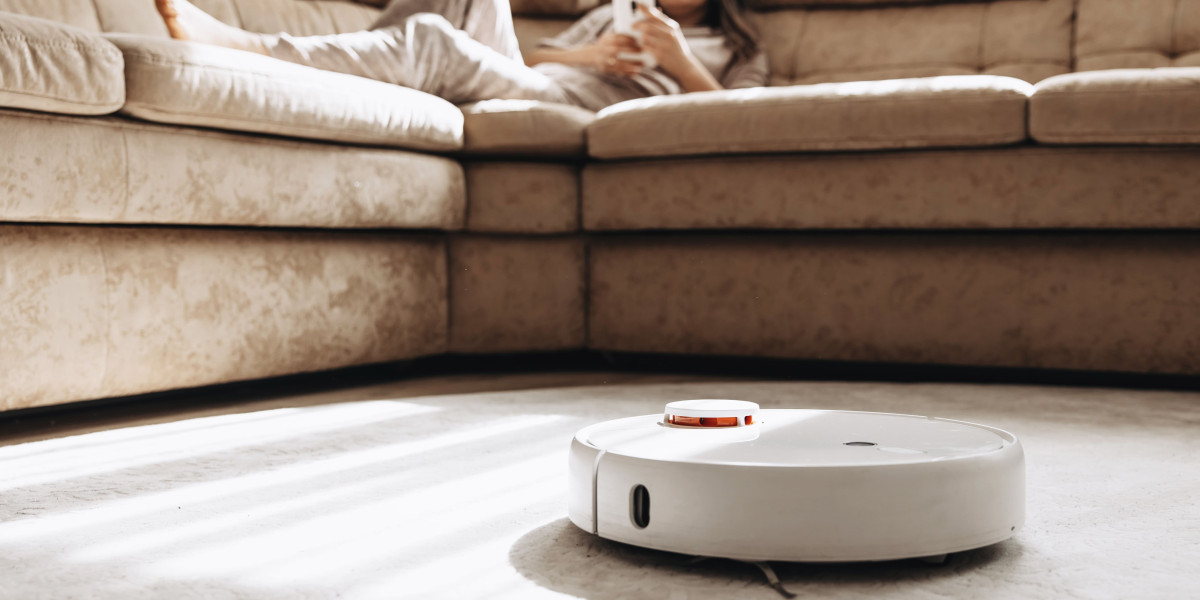Understanding In-Built Ovens: A Comprehensive Guide
In the world of contemporary kitchen design, in-built ovens built in have increased to prominence, blending functionality with aesthetics. Their smooth combination into cabinets supplies a structured look, making them increasingly preferred by property owners and culinary lovers alike. This post checks out the various functions, advantages, installation considerations, and popular types of in-built ovens, along with answering some often asked concerns.

What is an In-Built Oven?
An inbuilt oven, often referred to as a built-in oven, is a kitchen home appliance created to be installed within cabinetry, instead of as a freestanding unit. This setup permits a more advanced and organized kitchen layout while making the most of available space. Built-in ovens been available in various sizes, designs, and performances to suit different cooking needs and preferences.
Advantages of In-Built Ovens
The benefits of installing an in-built oven extend beyond mere aesthetics. Here are some key benefits:

Space Efficiency: Built-in ovens are designed to fit snugly within kitchen cabinetry, making them ideal for compact areas. This style leaves counter space totally free for meal preparations.
Adjustable Design: Homeowners can pick from a variety of designs and surfaces to complement their kitchen decor, boosting the overall appearance of the space.
Improved Functionality: Many built-in ovens are equipped with sophisticated cooking technology, offering features such as convection cooking, steam cooking, and self-cleaning functions, which improve cooking efficiency and adaptability.
Ergonomic Height: Installing an oven at eye level reduces the requirement to bend down, making it much easier to inspect food and manage meals without straining the back.
Improved Safety: Built-in ovens can include security features such as cool-to-the-touch surface areas and child locks, which can be particularly essential in homes with kids.
Kinds Of In-Built Ovens
In-built ovens can be found in a number of types to cater to various cooking requirements. Below is a contrast of common types:
| Type | Description | Pros | Cons |
|---|---|---|---|
| Single Oven | A conventional oven that cooks from one area | Space-efficient, much easier to use | Limited cooking capacity |
| Double Oven | 2 separate oven compartments for varied cooking | More cooking space, versatility | Greater cost, uses up more area |
| Compact Oven | Smaller sized ovens perfect for little cooking areas or as a second oven | Space-saving, versatile | Restricted capacity |
| Steam Cookology 72L Electric Oven & Microwave Combo | Utilizes steam for cooking, maintaining wetness | Much healthier cooking choices | Generally more pricey |
| Wall Oven | Built into the wall, available in single or aeg surroundcook double oven - 61L capacity configurations | Saves flooring area | Installation intricacy |
Features to Consider When Choosing an In-Built Oven
When picking a built-in oven, numerous features need to be considered:
Size: Measure your kitchen area and kitchen cabinetry to make sure the electric integrated oven fits correctly. Common widths for built-in ovens range from 24 inches to 30 inches.
Cooking Methods: Determine the cooking techniques you prefer-- conventional, convection, or steam. This decision will considerably influence your cooking style and the oven's abilities.
Energy Efficiency: Look for ovens with high energy effectiveness ratings. These designs save money on utility costs and are much better for the environment.
Control Options: Evaluate the control interfaces. Some designs provide smart functions enabling for remote cooking control and monitoring by means of mobile phone apps.
Security Features: Ensure the oven comes with necessary security functions, particularly if kids will be present. Lock-out systems and cool exteriors are important enhancements.
Installation Considerations
Appropriate installation is vital for the ideal efficiency of a built-in oven. Here are some installation considerations:
- Ventilation: Ensure proper ventilation to get rid of smoke and odors. Seek advice from regional structure codes concerning kitchen ventilation requirements.
- Electrical Requirements: Built-in ovens usually need a dedicated electrical circuit. Have a competent electrical expert evaluate price and security.
- Professional Installation: While DIY might be tempting, hiring an expert installer ensures the oven is fitted firmly and safely.
Frequently Asked Questions About In-Built Ovens
What is the distinction between a built-in oven and a freestanding oven?
Built-in ovens are developed to be installed within cabinetry, whereas freestanding ovens can stand alone and usually combine oven and cooktop in a single home appliance.
Can I install a built-in oven myself?
While DIY installation is possible, it is frequently suggested to hire a professional to ensure safety and adherence to regional building regulations.
Are built-in ovens worth the financial investment?
Yes, in-built ovens usually provide improved aesthetic appeals, advanced functionality, and effective usage of space compared to standard freestanding designs.
What maintenance do inbuilt ovens need?
Regular cleaning, checking seals, and making sure correct ventilation are important upkeep tasks. It's recommended to follow the manufacturer's guidelines for particular care standards.
How much does a built-in oven typically cost?
Costs can vary considerably based on functions, brand name, and type, but built-in ovens generally range from ₤ 700 to ₤ 3,000 or more.
In-built ovens provide a blend of sophistication and functionality, making them an outstanding choice for both new buildings and kitchen remodels. Understanding the types, features, and installation factors to consider can empower property owners to make informed choices about which built-in oven best matches their needs. As cooking trends evolve and kitchen design ends up being more advanced, inbuilt ovens will continue to play a substantial role in modern kitchens, merging cooking with style and performance.







